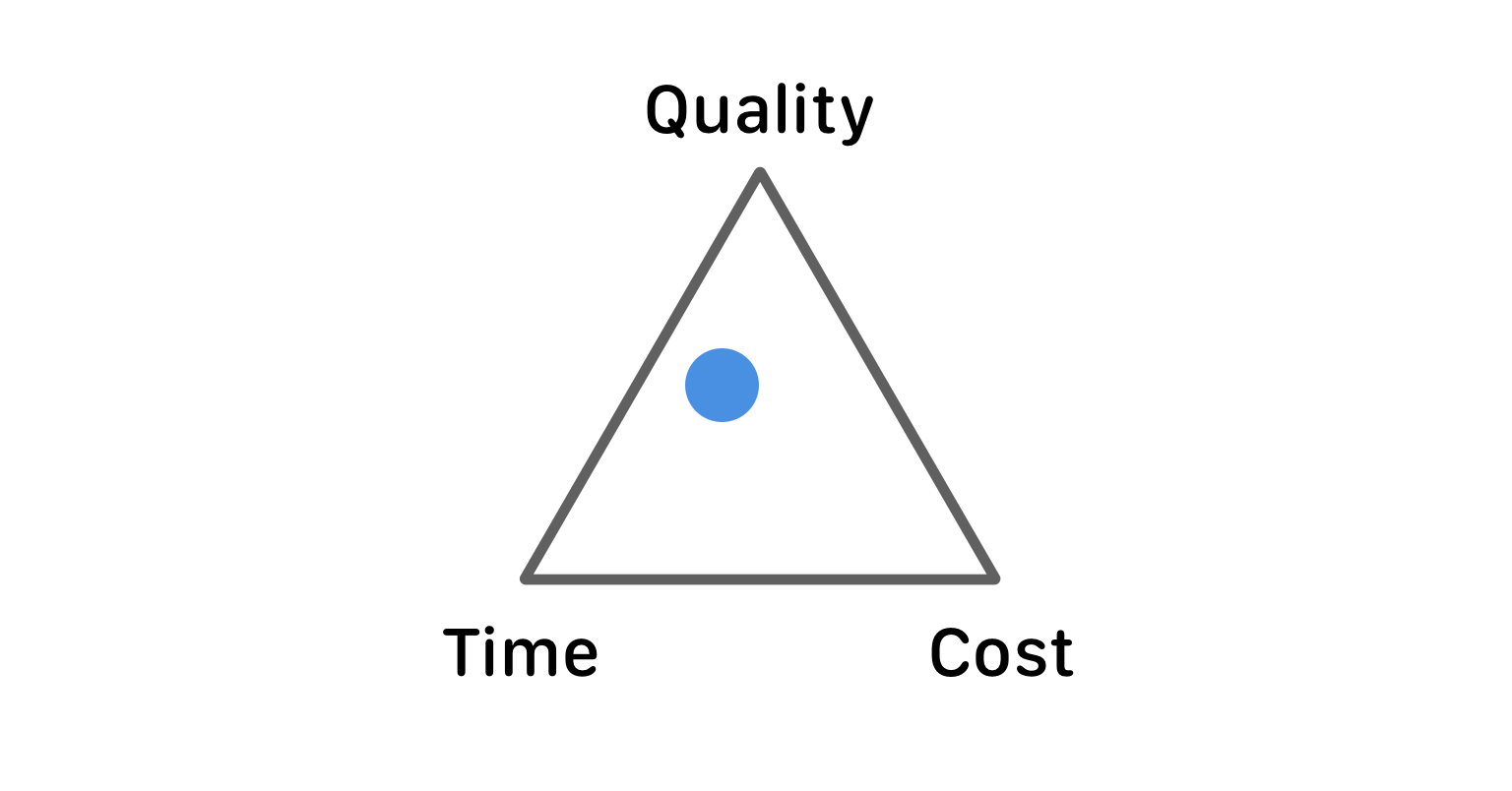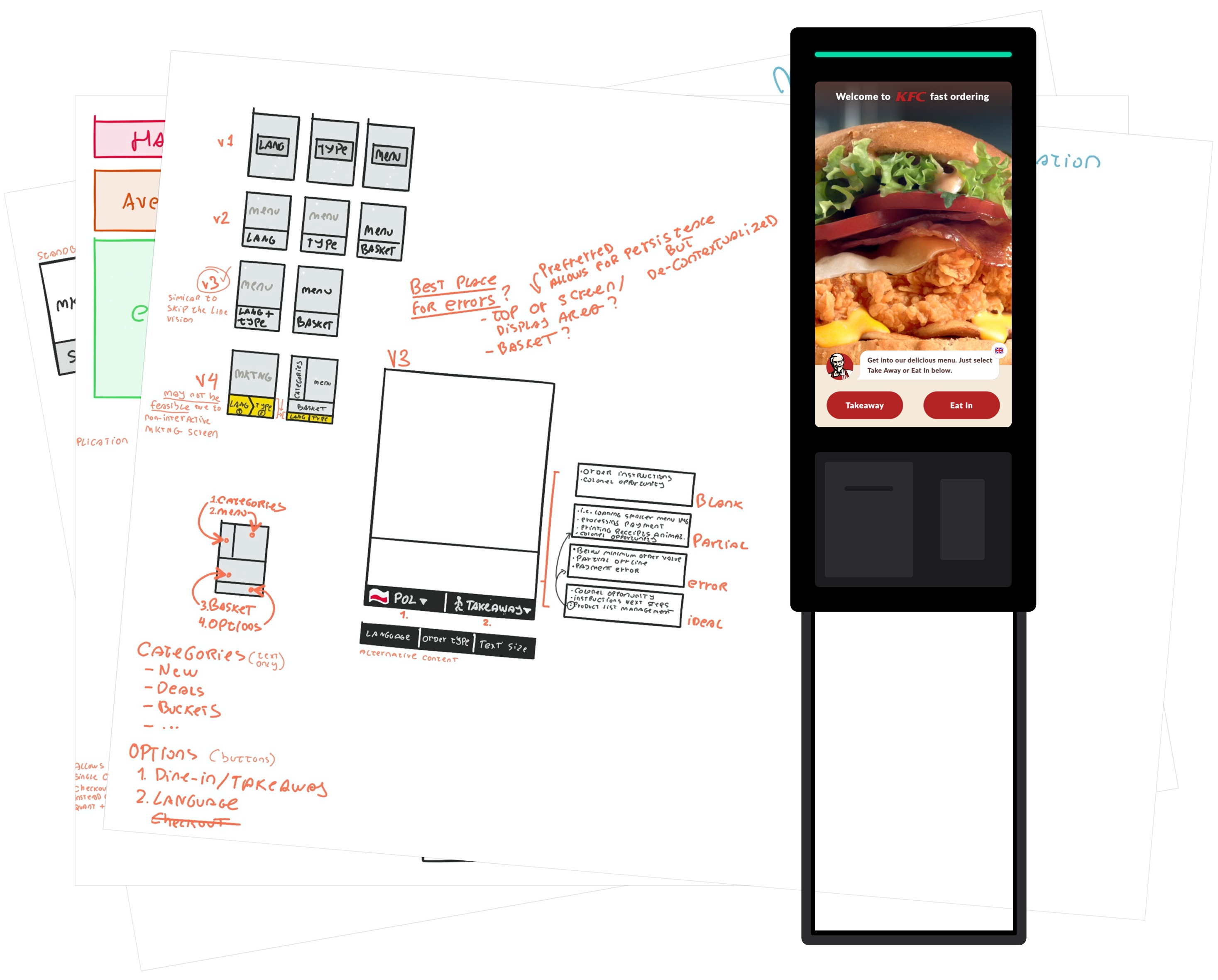This part 1 of a series of posts about better ways to run OKRs. Part 2 on January 27th 2020.
You are part of leadership, a product manager, designer, developer, or have an interest in improving the way products are built.
You are either about to start using OKRs, or have used them and noticed there’s something not quite right. You understand teams need to collaborate and be motivated to do impactful work, and expected OKRs to have brought you closer to that goal.
I am a problem-solver. I started my career developing websites, sought to have more impact by influencing what should be built, and with this article, change how those products are built for the better.
Improving OKRs is hard, this article is the result of my observation, for multiple quarters, of how OKRs were set, adopted by teams, perceived by people, and impacted the business.
By the end of this article, you‘ll understand:
- Problem-Solution Fitness
- The OKR Framework
- Improving OKR Efficiency
Problem-Solution Fitness
Problem-Solution Fitness: the quality of a solution being fit for a problem.
Before we go any further, let’s first establish that there are no silver bullets when it comes to frameworks, tools or process.

a Venn diagram representing the choice between quality, speed, and cost
Generally speaking, the solution you choose should be feasible, and realistically speaking, be the lesser evil amongst other possible solutions1.
Lastly, before Agile there was Prince 2, before all-screen phones, there were clamshell phones.
Solutions aren’t forever fit.
Much has been written about how solution fixation is catastrophic for organisations, Clayton Christensen captured this nicely in The Innovator’s Dilemma.
Now we understand the ephemeral nature of any solution, let’s establish a mutual understanding of OKRs.
The OKR Framework
Let’s start by differentiating between problem and solution.
The Problem
Uncoordinated teams are unproductive teams. Coordination emerges from shared understanding, objectives and accountability.
Companies are driven to OKRs when its teams don’t collaborate well enough towards the company vision. This manifests itself as inter-team competition, duplicate work, lack of success measurement, and more.
The OKR Solution
To increase organisational efficiency, the OKR framework starts by setting ambitious company-wide Objectives. To reach these Objectives, teams commit to delivering Key Results and use completion rate to measure their progress. The OKR cycle restarts on a quarterly and/or yearly basis.
In summary:
- Uncoordinated teams are less efficient
- Ambitious Objectives motivate staff
- Key Results measure progress
- OKRs revised quarterly
Improving OKR Efficiency
I wouldn’t be writing this article if I didn’t think there’s a better way to run OKRs.
In the upcoming posts we will look at how OKRs can do better at collaboration, motivation, measurement, and risk.
- Intro (this post)
- Collaboration
- Motivation (February 3rd 2020)
- Measurement (February 10th 2020)
- Risk (February 17th 2020)
-
“decision-makers select the first option that meets a given need or select the option that seems to address most needs rather than the [absolute] ‘optimal’ solution.” – Wikipedia, Satisficing ↩





